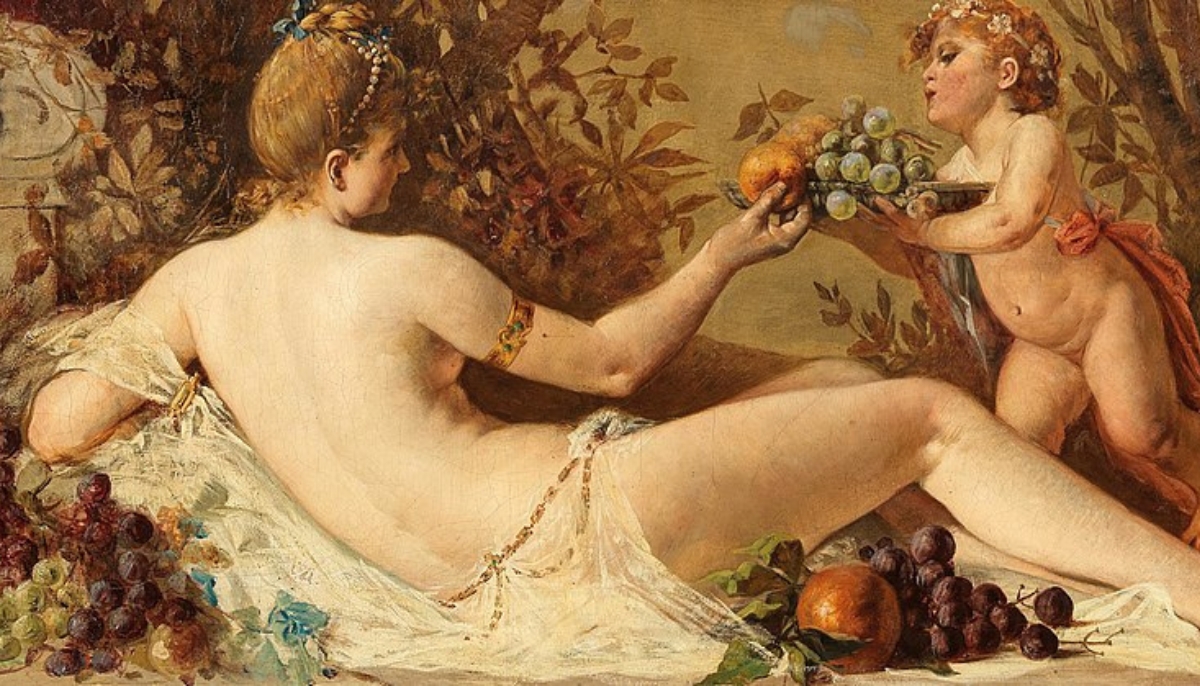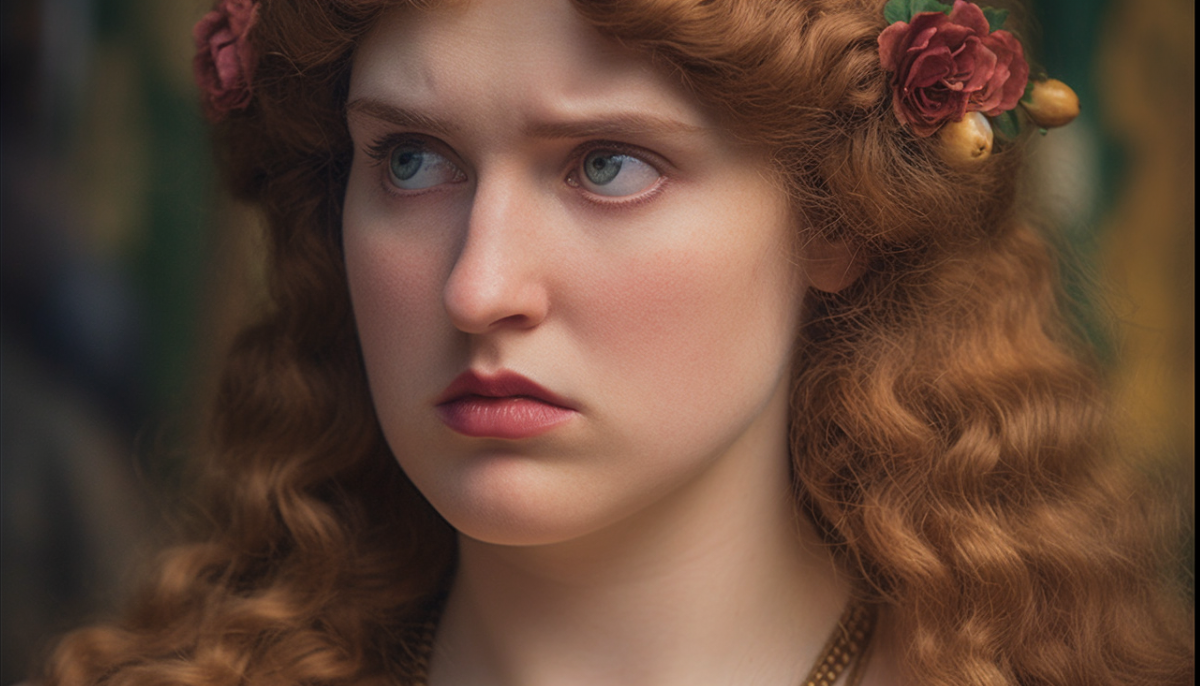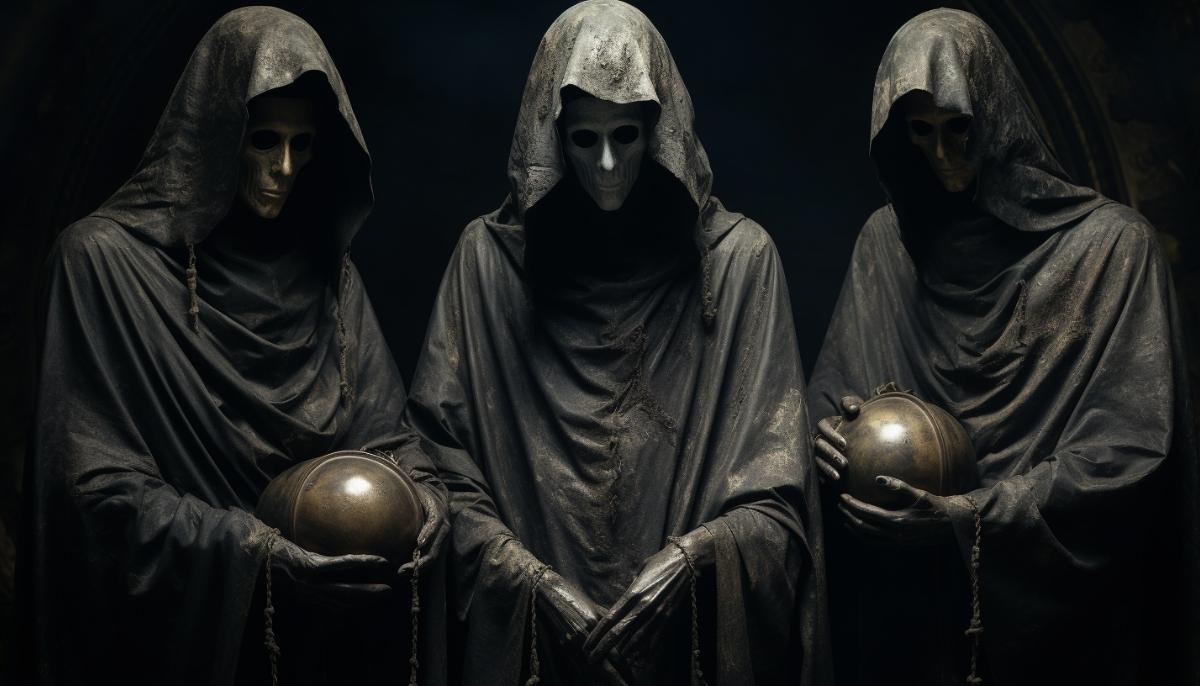In the pantheon of Roman deities, few symbols are as evocative of prosperity and abundance as the cornucopia, and no figure embodies these qualities more than Abundantia, the goddess of abundance and prosperity.
This article explores the rich tapestry of mythology, symbolism, and cultural evolution surrounding Abundantia and her iconic horn of plenty.
From ancient Roman coins to medieval legends, we delve into the enduring legacy of a goddess who continues to symbolize the hope for wealth and well-being across ages and cultures.
Abundantia – The Goddess of Abundance and Prosperity
Abundantia, in Roman mythology, is the divine figure of abundance and prosperity. Unlike many gods and goddesses, she didn’t have temples or altars dedicated to her worship. Instead, she symbolized the prosperity that could be found throughout the Roman Empire, often depicted on coins, showcasing the wealth and success accessible to all who sought her favor.
Understanding Abundantia’s Role in Roman Mythology
Abundantia’s name itself translates to “plenty” or “overflowing riches,” embodying the very essence of abundance.
In Roman beliefs, she was the personification of abundance and good fortune. Abundantia was considered a protector of savings, investments, and overall wealth, ensuring that those under her grace would never find themselves lacking.
Historical Depictions of Abundantia
Throughout history, Abundantia has been depicted in various forms, but her essence remained the same – a beautiful, generous goddess who brings prosperity.
She was often shown with her iconic cornucopia, spilling over with wealth and abundance, sometimes accompanied by ears of wheat or seated amidst symbols of plenty.
Abundantia on Roman Coins
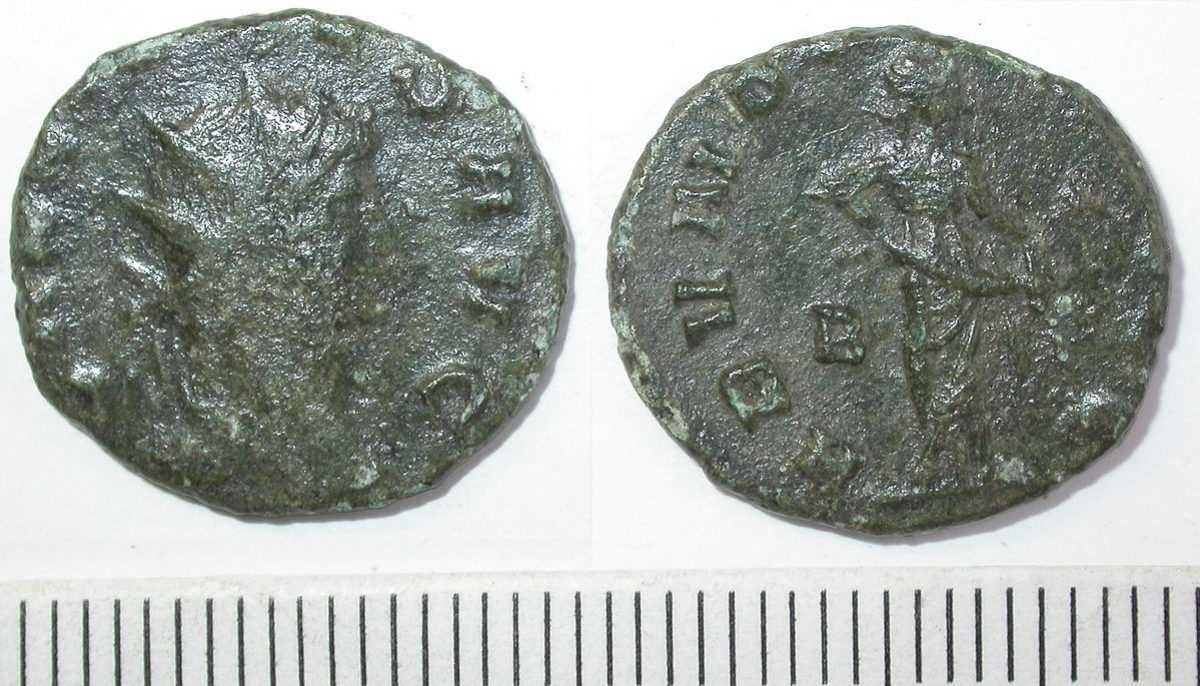
One of the most tangible evidence of Abundantia’s worship and symbolic importance is found on Roman coins. These coins carried the image of Abundantia, portraying her as a guardian of the empire’s wealth and abundance.
By depicting her on coins, the Romans invoked her blessings on their economy and ensured her presence in everyday transactions.
Cornucopia and Wealth
Apart from coins, Abundantia’s likeness and her cornucopia have been featured in various art forms, from sculptures to frescoes.
These artistic representations highlight her as a giver of wealth and success, often surrounded by symbols of fertility and prosperity, like fruits, grains, and coins. These images served as reminders of the gods’ generosity and the potential for abundance in one’s life.
The Mythological Background of the Cornucopia

The origins of the cornucopia, widely recognized as the horn of plenty, are steeped in mythological tradition, particularly in a tale involving Zeus, the supreme deity of Greek mythology. This story, familiar to the Romans, captures the essence of divine providence and generosity.
The Legend of Zeus and the Horn of Plenty
According to legend, the cornucopia comes from an incident involving Zeus and a divine goat named Amalthea.
As a newborn, Zeus was hidden from his father, Cronus, who had a habit of swallowing his children to avoid being overthrown. Amalthea, the divine goat, played a crucial role in Zeus’s upbringing, providing him with milk.
In a playful or accidental moment, Zeus broke off one of Amalthea’s horns, gaining the magical property to provide endless nourishment and riches to whoever possessed it.
This horn, bestowed with the ability to overflow with whatever its holder wished for, became the cornucopia, a lasting symbol of divine generosity and abundance.
Abundantia’s Associated Virtues and Deities

In Roman culture, gods and goddesses often represented more than just aspects of the physical world; they also embodied moral and societal virtues.
Abundantia, with her association to abundance and prosperity, naturally connected with other deities and virtues that complemented her attributes.
The Connection Between Abundantia, Concordia, and Fortuna
Abundantia’s influence was often linked with Concordia, the goddess of harmony and peace, and Fortuna, the goddess of fortune and luck.
These associations highlight a more profound understanding within Roman society: true abundance comes from material wealth, harmony within the community, and the fortunate blessings of fate.
Concordia ensured that prosperity was enjoyed in peace and unity. At the same time, Fortuna reminded everyone that luck could be a factor in their fortune, with Abundantia ensuring that such fortune was plentiful and widespread.
The Evolution of Abundantia’s Cult Beyond Rome
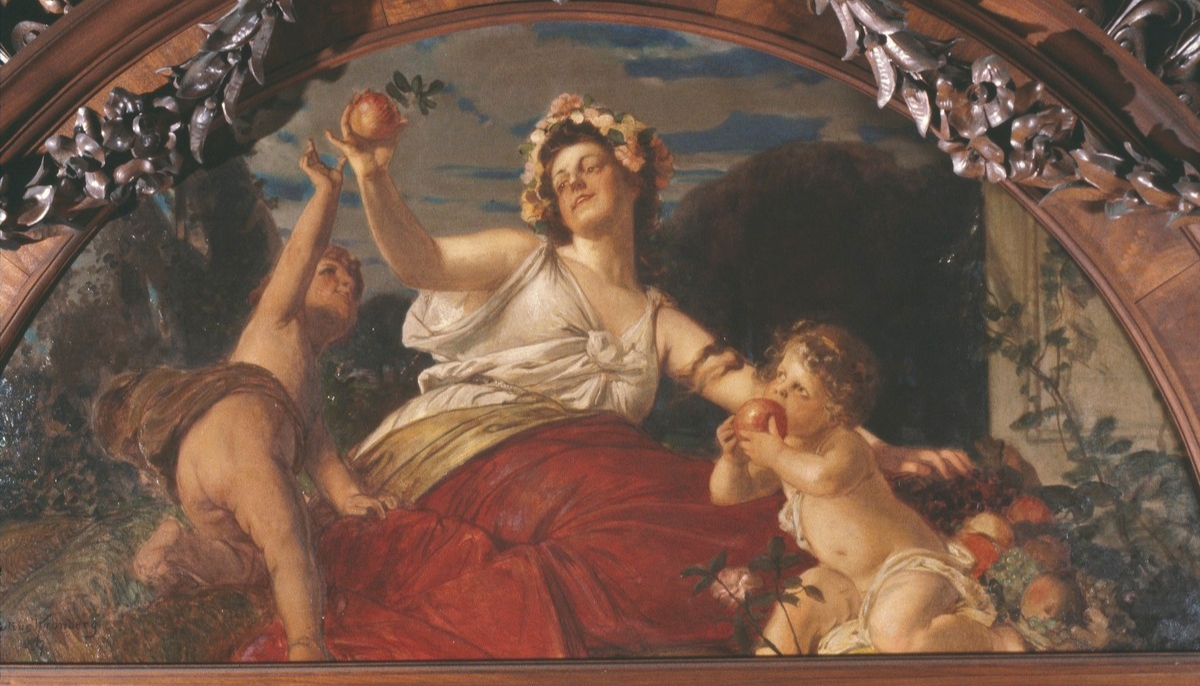
Abundantia’s worship and symbolism did not end with the fall of the Roman Empire.
Instead, her cult evolved, adapting to the changing landscapes of religion and culture throughout Europe.
From Roman Goddess to Medieval Mythology
As Roman influence waned, Abundantia found a new life in medieval mythology. She was transformed into Lady Abundantia or Dame Habonde, a nocturnal figure of prosperity and abundance in old French folklore.
This version of Abundantia roamed the night with her entourage, bestowing wealth and prosperity on those who honored her. This evolution of her cult from Roman times into the Middle Ages shows the adaptability of ancient myths to fit the needs and imaginations of a changing world.
The mythology surrounding the cornucopia and the goddess Abundantia ties together themes of divine generosity, communal harmony, and the unpredictable nature of fortune.
Abundantia’s associations with other virtues and deities, along with the evolution of her cult, reflect the multifaceted nature of abundance itself. This concept is as spiritual and communal as it is material.
